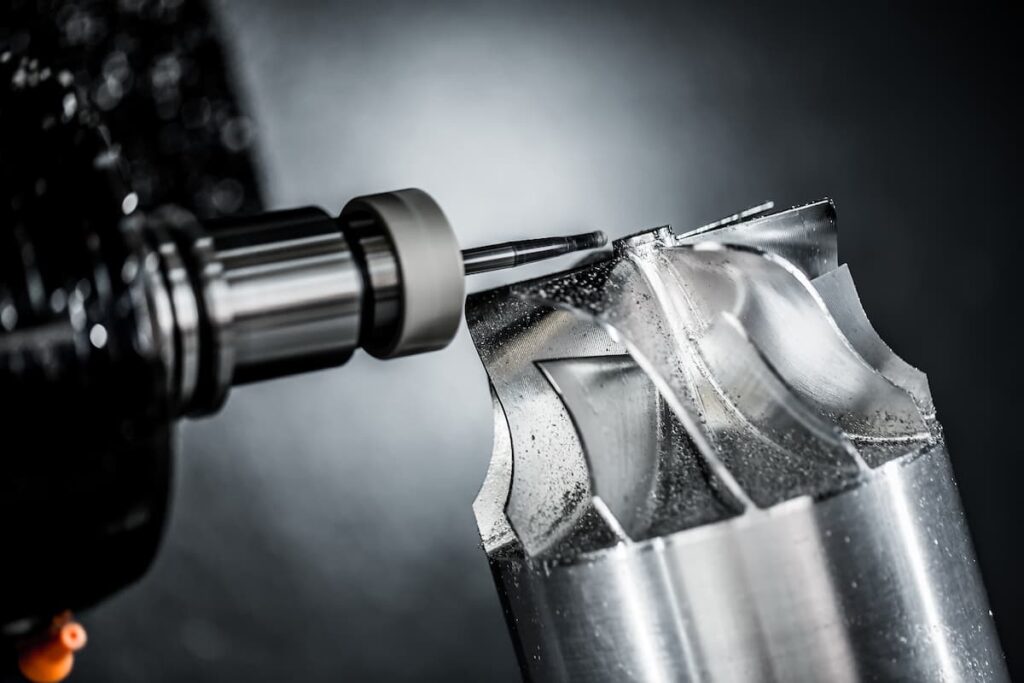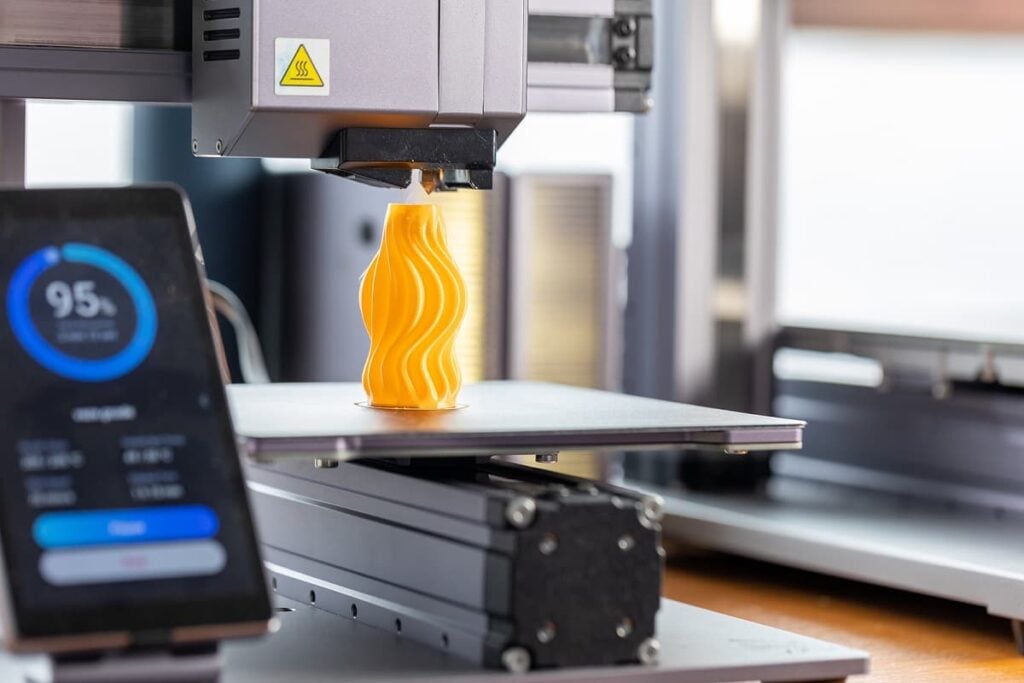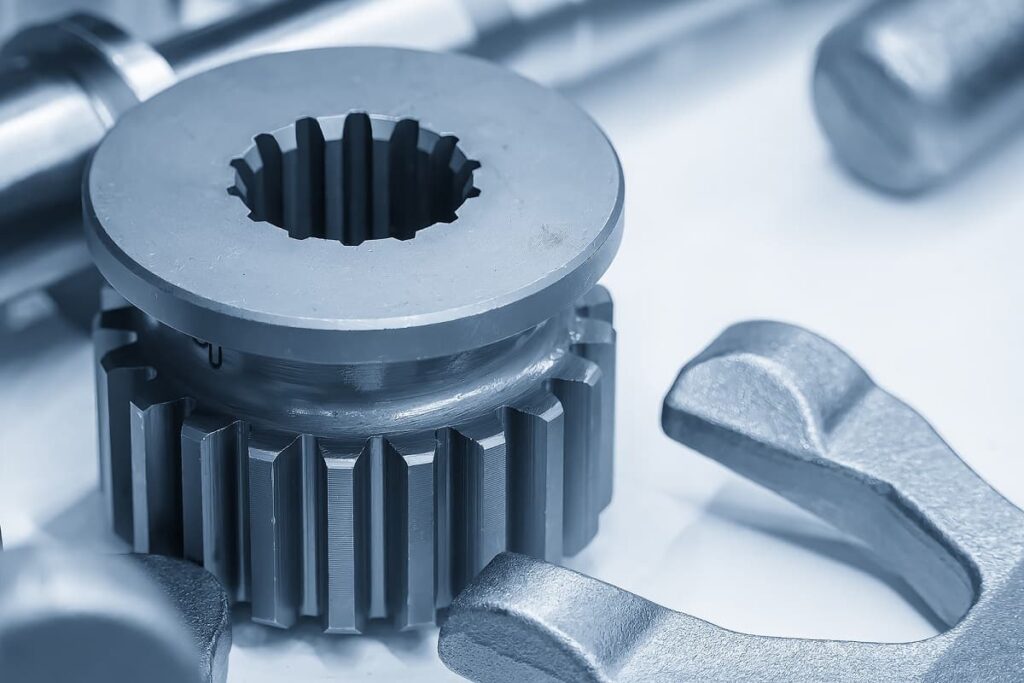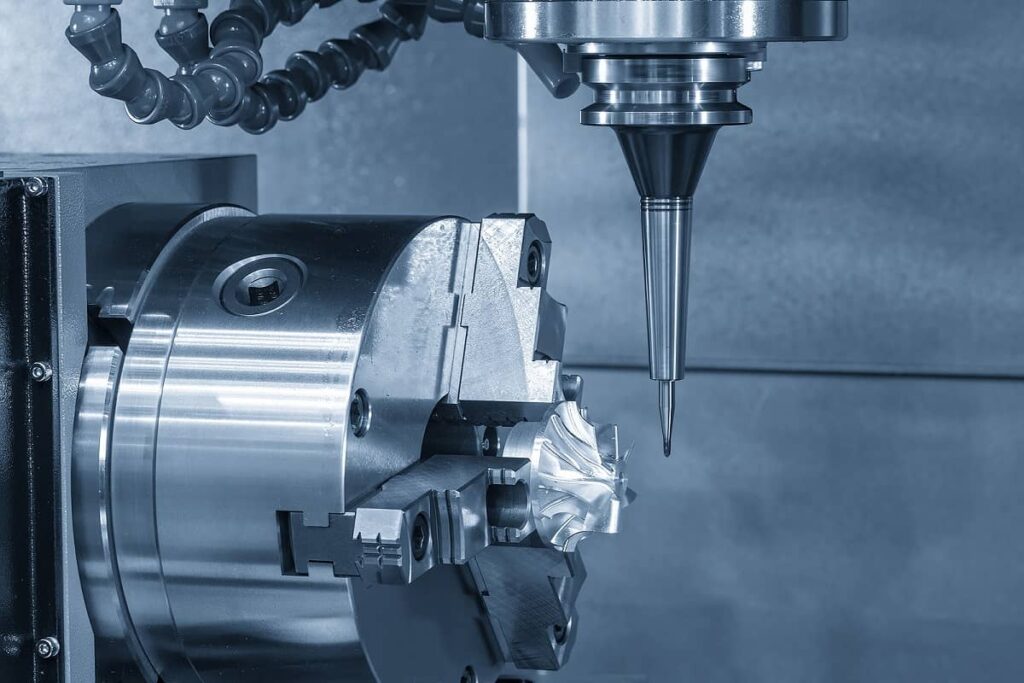ProtoLabs is Not a 3D Printing Company. Yet.
Table of contents
Table of contents

While 3D printing has excited many investors with promises of incredible growth, the overall 3D Printing “industry” has taken a pounding lately. Industry leaders Stratasys (NASDAQ:SSYS) and 3D Systems (NYSE:DDD) are down -30% and -53% year-to-date. If you bought into the exOne IPO (NASDAQ:XONE) when it took place, you’d be wondering where -55% of your capital went. On the other hand, if you’re just now thinking about investing in 3D printing, or averaging down on your already decimated long term holdings, this may be the time to act. In fact, you should be backing up the truck right now because after all, nothing has fundamentally changed in this growth story except for maybe some banter about entering 3D printing from HP or the threat of Carbon3D’s scary fast 3D printing technology. One company that is often discussed as a “3D Printing” stock is ProtoLabs (NYSE:PRLB).
About ProtoLabs
Founded in 1999, ProtoLabs (PRLB) brought to market an automated process they developed for producing injection-molded parts in a fraction of the time and cost it had taken before. The Company’s mission is to be the world’s fastest provider of machined and molded parts. They take pride in providing customers “real parts, really fast”. There is apparently a need for such a service offering. Revenues have more than doubled in the past 4 years with 2014 yearly revenues coming in at $209 million with a net income of $41 million. It’s not hard to see why shares of this $1.7 billion market cap company are up +130% since their IPO in March of 2012. This is a profitable company with strong revenue growth and over $80 million in cash or equivalents on hand. From an investor’s perspective, there’s a lot to like about PRLB.
It’s easy to see where 3D printing might fit into Protolabs’ business model. However a value offering that differentiates itself on speed doesn’t necessarily suit itself well to the current slowness of 3D printing. Maybe for small lots 0f 1 to 50 parts it might be usable, but for quantities above that, 3D printing technology just isn’t fast enough yet. We can see that in the way ProtoLabs advertises their services:
The above parts can all be produced using a variety of different materials including plastics, metals, and even medical-grade liquid silicon.
If we look at how the $58.5 million in Q1-2015 revenues breaks down, we see that the “injection molding” business line brings in 64.3% of revenues, “cnc machining” accounts for another 28%, and “3D printing” comes in at 7.7% (or $4.5 million in revenues). Protolabs first acquired “Fineline Prototyping Inc.” in April of last year for around $37 million which marked their foray into 3D Printing and which now appears on their financials as a business line called “fineline”.
It seems that whenever indices are created to follow a particular growth theme, index creators seem compelled to force feed constituents into the index in order to have more index members. While diversification has a certain appeal for investors, sticking with pure plays is far more important. You’re interested in 3D printing as an investment because you believe it is a growing disruptive technology that will significantly outperform the market. If you were solely interested in diversification you would just buy an ETF. In the case of PRLB, out of the $56 million in revenues realized for Q1-2015, just 7.7% of revenues came from 3D printing.
Conclusion
Now that we have a baseline, we can see just what sort of revenue growth this new business line will bring to Protolabs. For the foreseeable future, Protolabs will continue to be a company that primarily uses computer numerical control (CNC), machining and injection molding to manufacture custom parts quickly for its customers, not 3D printing. However as 3D printing technology matures and becomes 1000X faster, Protolabs will have no choice but to eventually become a 3D printing company.
Sign up to our newsletter to get more of our great research delivered straight to your inbox!
Nanalyze Weekly includes useful insights written by our team of underpaid MBAs, research on new disruptive technology stocks flying under the radar, and summaries of our recent research. Always 100% free.















